As the comprehensive and end-to-end system for producing and distributing a given product or service, a supply chain runs all the way from the very first stage of sourcing required raw materials, right up to final delivery of the product or service to its customers and clients.
As such, it plays a critical role in ensuring the commercial success of organisations – and involves a myriad of teams including producers, vendors, warehouse and logistics personnel, transportation companies, distribution centres, retailers, and so on.
Although supply chains are typically associated with manufacturing companies and processes, in fact all organisations operate some kind of supply chain – from financial services to law firms. As such, these organisations all rely on a number of suppliers to deliver and manage their elements smoothly, in order to conduct their own business operations effectively.
Because it performs such an essential and holistic role, effective supply chain management can make a big difference to operational efficiency and overall profitability. That said, it also acts as a backbone – and if one element breaks down, the rest of the chain can quickly be disrupted too.
Maintaining a coherent, connected supply chain is more challenging than ever. As technology evolves and business models go global, operations are becoming incredibly complex and intricate to manage. There are more potential failure points and higher levels of risk. Thousands of suppliers might contribute to a single product or service, from places all over the world. Even the most robust processes can struggle to keep up – and that’s where vulnerabilities begin.
The kinds of attacks suffered by a particular industry will have a lot to do with what kind of infrastructure they rely on, what kind of data they handle, and how people (customers, employees and everyone else) interact with them.
Recent years have seen a significant increase in the number of cyber-attacks resulting from such supply chain vulnerabilities. These attacks can have potentially catastrophic consequences for the organisations involved – and they’re the reason why supply chain leaders highlight five key security concerns in their work:
- How to keep their data protected
- How to manage the lifecycle of their data – from knowing where it is to using, storing and exchanging it compliantly
- How to ensure their data is well-governed and visible to (only) those that need it
- How to prevent data fraud
- How to ensure that all third parties involved are meeting the same standards of data management and governance
Despite these concerns, recent research in the DCMS 2022 Security Breaches Survey found that only just over one in ten businesses review risks posed by their immediate suppliers (13%) – and only 7% do it for their wider supply chain. This is something that must urgently change if industry is to combat the ever-changing world of cyberthreats. Social engineering and ransomware attacks are both on the rise, with manufacturing now one of the most targeted industries according to Microsoft’s Digital Defence Report.
Many supply chain professionals still remember the major data breaches suffered by large retailers like Target and Home Depot, arising from compromised third-party relationships.
During the pandemic, the SolarWinds breach sent shockwaves across the industry and triggered a much larger supply chain incident that affected thousands of organisations, including the U.S. government. It was one of the largest ever recorded and compromised the data, networks and systems of thousands of people. More than 18,000 SolarWinds customers installed the malicious updates, with the malware spreading undetected and then even more malware was installed to spy on other companies and organisations. More recently, Toyota was forced to shut down all 14 of its Japanese factories after an attack on part of its supply chain.
The average cost of a data breach now stands at $3.86 million, with mega breaches (50 million+ records stolen) reaching $392 million… and these figures will only keep rising.
It’s time to take action
How can you protect your own supply chain against these serious and complex threats?
It’s best to adopt a multi-pronged strategy – by taking a number of different actions.
First, evaluate where you are today. Assess your existing security governance, for data privacy, third-party risk, and IT regulatory compliance. Identify any weaknesses and gaps, and think about what ‘safe’ looks like – where you want your business to be.
Running vulnerability scans and fixing highlighted issues acts as a quick fix to plaster over any obvious immediate risks. This won’t affect your business operations too much and can make a big difference to your overall security posture, with minimal effort.
Strategically, look to digitise your core manual processes wherever possible. By moving away from repetitive, paper-based processes which are prone to human error and not managed by technology, you will improve security and reliability regarding your data and the way it moves between employees and clients.
Any data protection policies you introduce should include discovery and classification tools to encrypt databases and files with sensitive customer information, financial data and proprietary records, to ensure these stay private and secure. Identity and access management security should also be introduced for anyone sharing or handling this data.
Planning proactively preparing for a breach or disruption is also vital. Assume that the worst may happen – and have an effective response in place.
Adopt a Zero Trust philosophy
Without doubt, the best IT security strategy to deliver the above protection is one based on three pillars of cybersecurity: Zero Trust, Least Privilege and Assume Breach.
Zero Trust stipulates that no one should ever be automatically trusted – and always asked to verify their identity. Least Privilege asserts that once verified, they should only be given access to the things they absolutely need, for the minimum amount of time required. Assume Breach adopts the mindset that any protection will eventually fail, so we should always be ready to respond.
The Zero Trust philosophy is recognised by 96% of security professionals as critical to their organisation’s success.
We have everything you need to succeed
Our Managed Security Service is built on the core principles of Zero Trust and informed by the latest threat intelligence – so you can always be confident you’re one step ahead of emerging risks.
Our experts work proactively to close vulnerabilities and continuously improve your security posture with 24/7 support, whenever you need it. We also offer Microsoft-funded workshops so you can benefit from specific, in-depth guidance from our security experts and get actionable steps and insights you need to improve your security posture.




